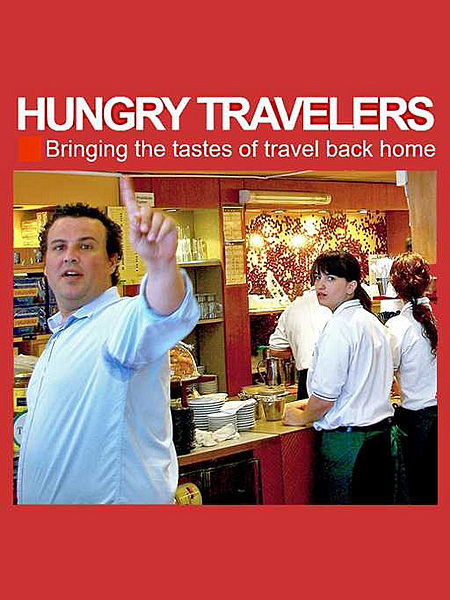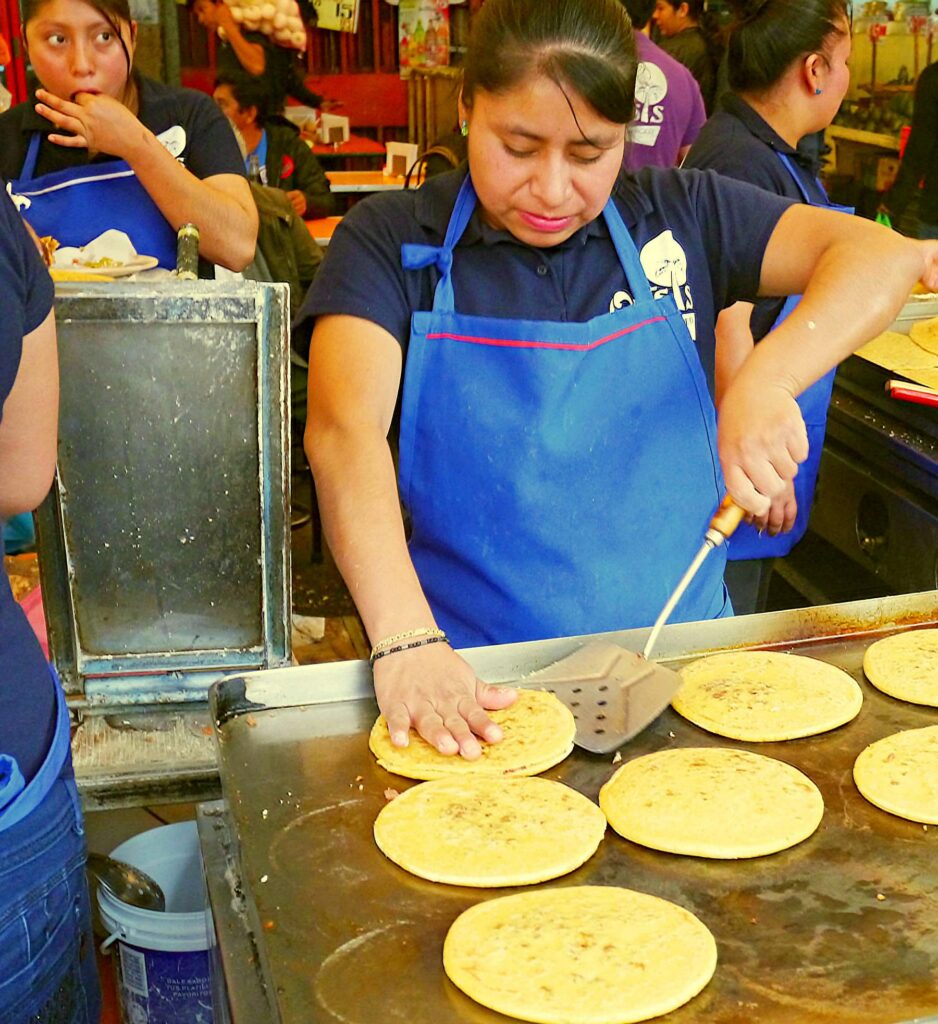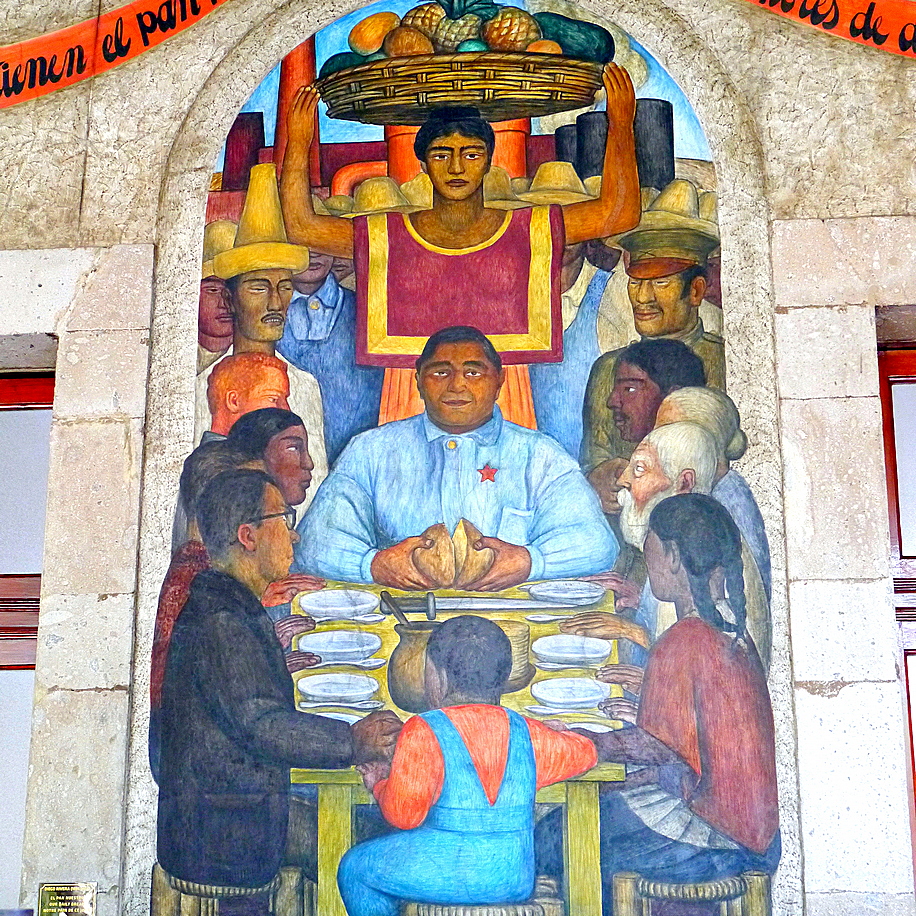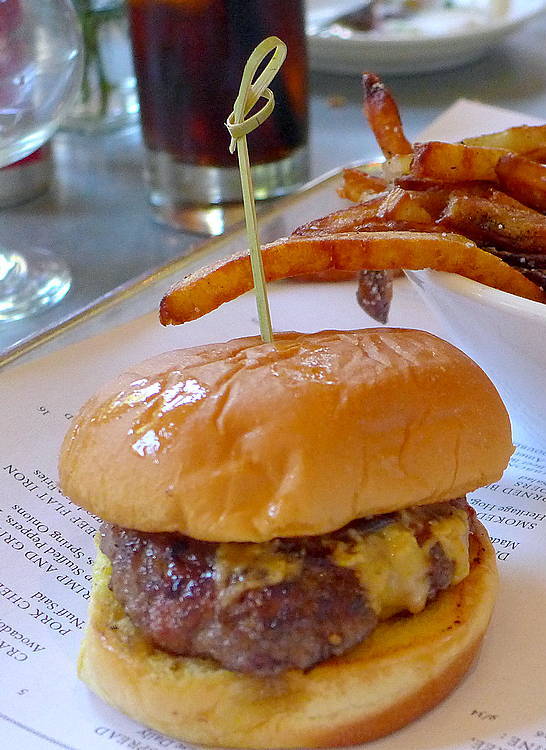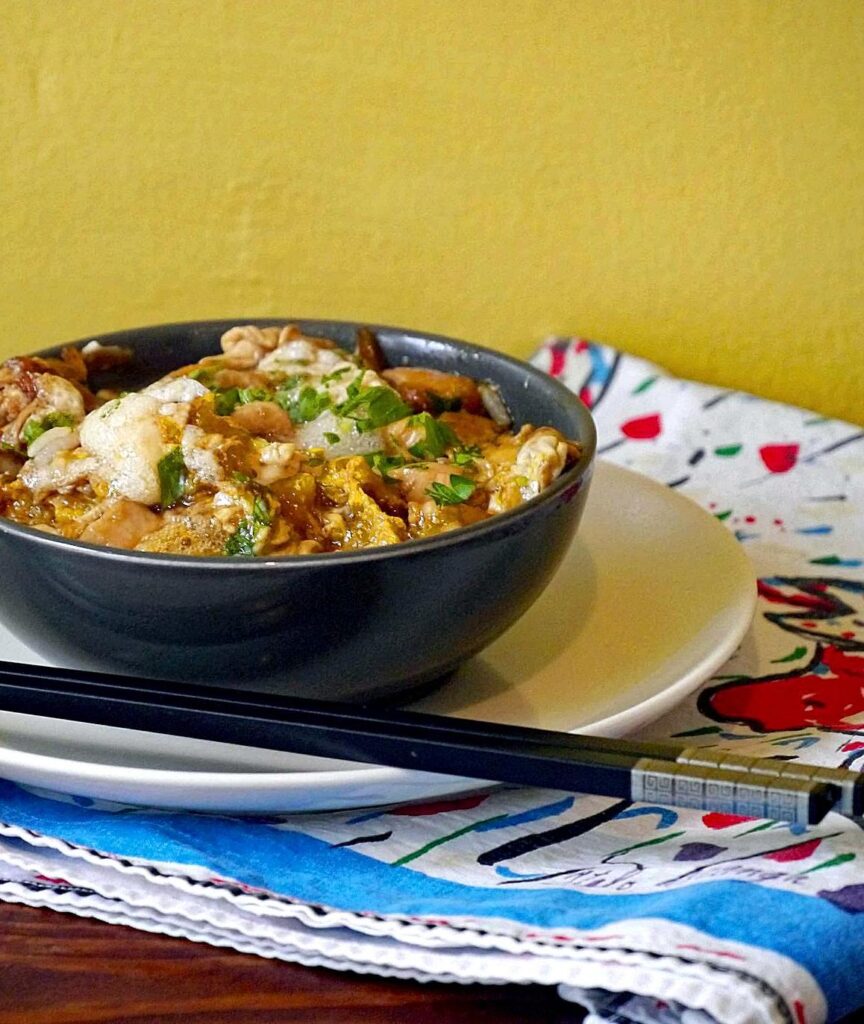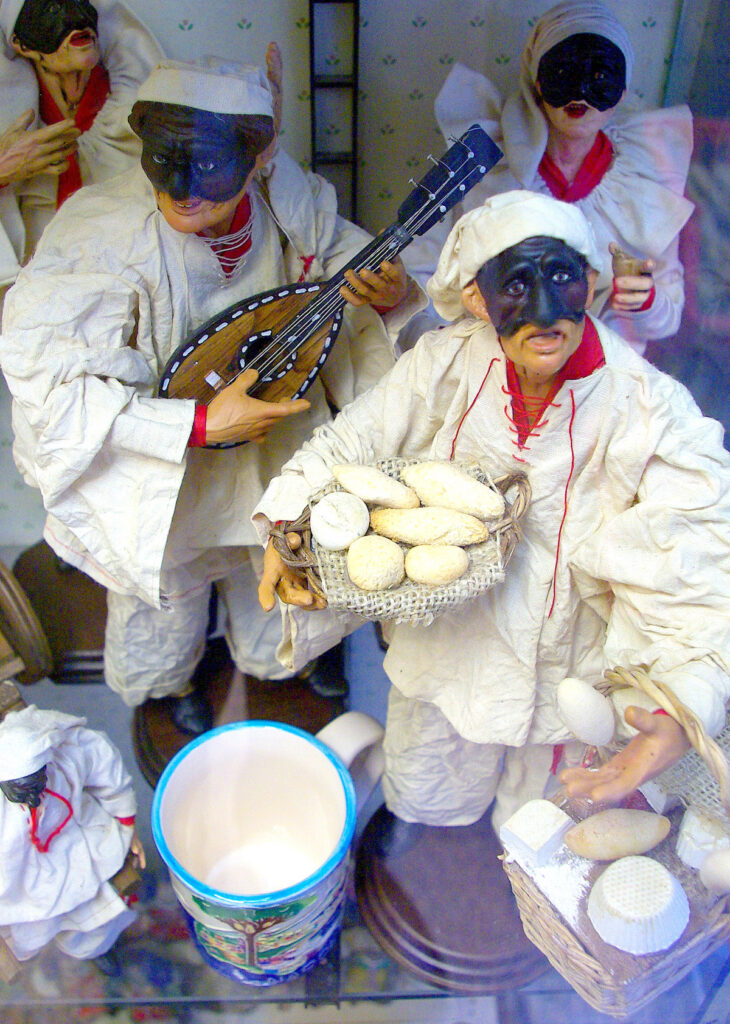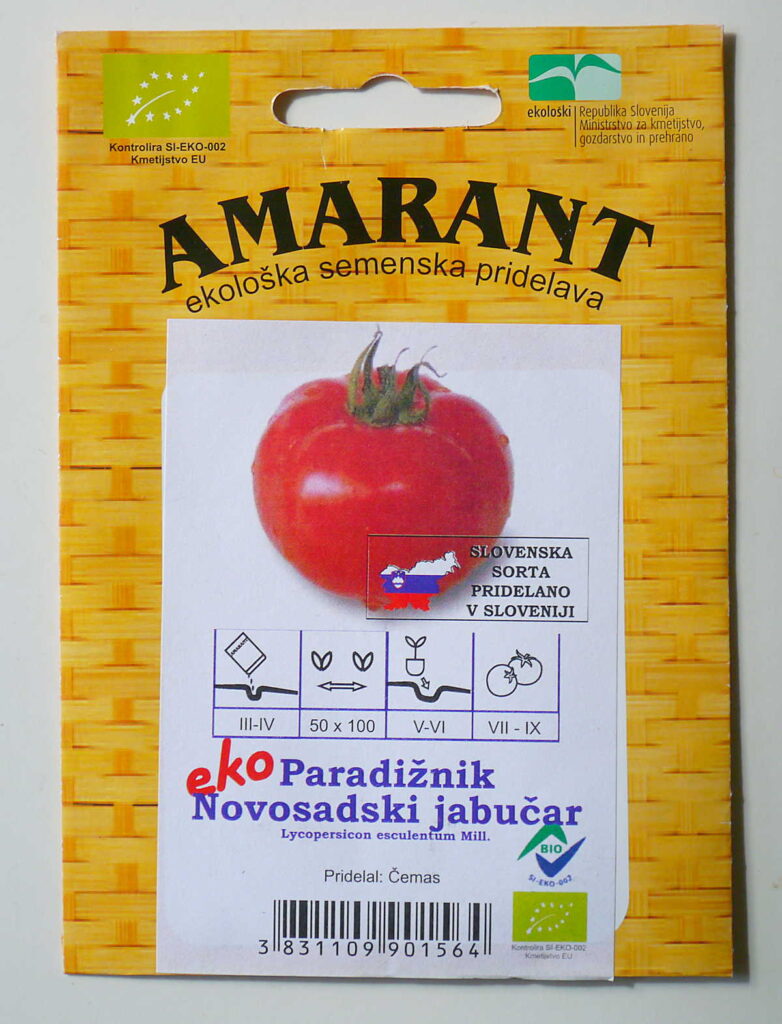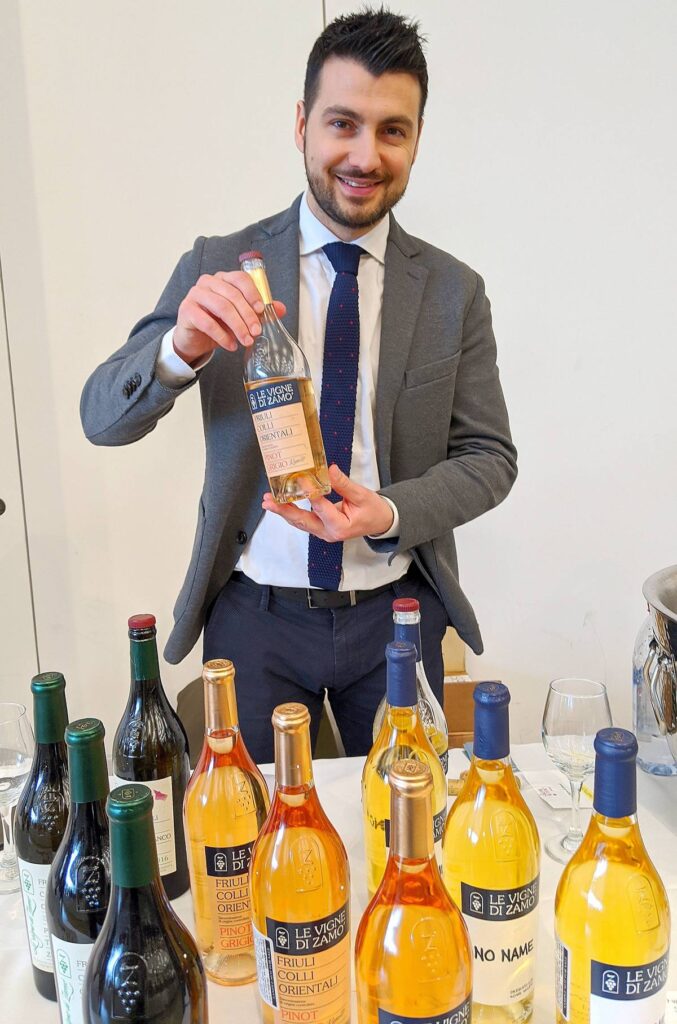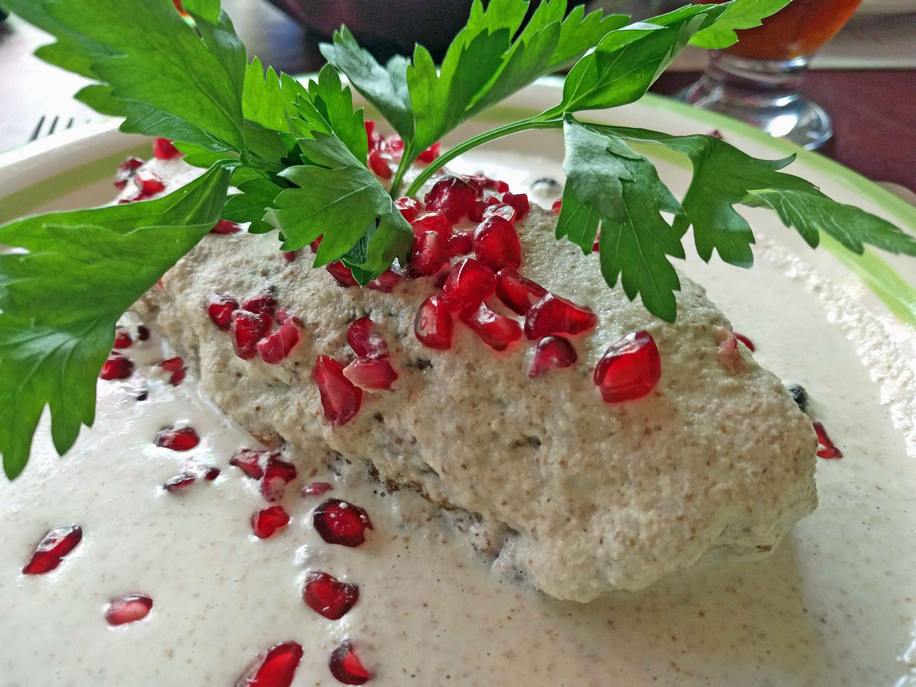
World on a Plate: Chile en nogada
Memory is as haunted with tastes and smells as with sights and sounds. When we recall one of those senses, the others often follow. Just looking at a dish can transport us back to a moment in the Before Time when we still roamed far and wide. We can then close our eyes and taste and smell the dish and hear the clatter of plates and buzz of conversation in the restaurant where we ate it. HungryTravelers is devoted to bringing the taste of travel back home, but as long as physical travel is constricted, we thought we'd revisit some of those moments in food photos we'll post weekly. Since the dishes come from all over, we're calling them ‶world on a plate.″ With its...Read More
